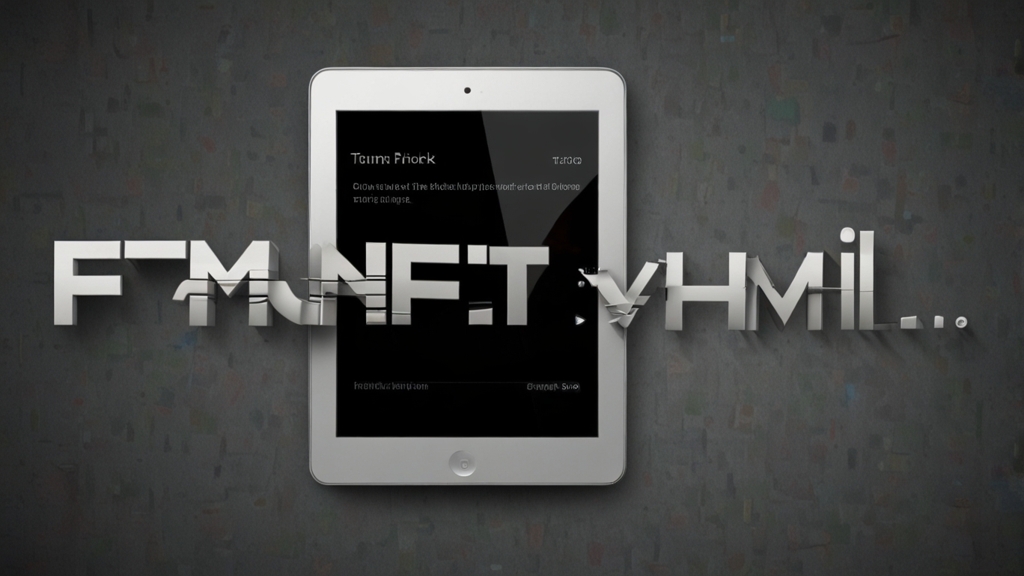10 HTML Tricks That Will Blow Your Mind
HTML has been the backbone of web development since the internet's inception. While many are familiar with the basics, there are several advanced techniques and tricks that can take your web development skills to the next level. Here are ten HTML tricks that will blow your mind and enhance your web projects.
1. Data Attributes
Data attributes allow you to store extra information on standard HTML elements without having to use non-standard attributes. This is useful for keeping your front-end code clean and structured.
Example:
<div data-user-id="1234">User Profile</div>
2. Picture Element
The <picture> element provides a way to offer different versions of an image for different device sizes or resolutions, enabling responsive images that can enhance user experience on various devices.
Example:
<picture><source srcset="small.jpg" media="(max-width: 600px)"> <img src="large.jpg" alt="Example Image"></picture>
3. Custom Elements
HTML5 allows you to create custom elements using the <template> and <shadow-root> tags. This makes it easier to encapsulate functionality and create reusable components.
4. The <details> and <summary> Elements
These elements provide a way to implement disclosure widgets on your web page. It's useful for creating collapsible content areas without relying on JavaScript.
Example:
<details><summary>More Info</summary><p>This is additional information</p></details>
5. Inline SVG
Scalable Vector Graphics (SVG) can be used directly within your HTML. This approach offers crisp visuals on any device and enables easy manipulation through styles and scripts.
6. Content Editable
By adding the contenteditable attribute to an element, you can make it interactive and editable directly on the webpage. This can be particularly useful for rich text editors.
7. Auto Focus
The autofocus attribute automatically sets focus to a specified input field when the page loads, improving user experience by guiding them to the first field.
Example:
<input type="text" autofocus>
8. The <output> Element
The <output> element represents the result of a calculation or user action. It's useful for displaying live results within forms and other interactive elements.
9. Lazy Loading
Lazy loading allows images and iframes to load only when they are visible in the viewport. You can enable this with the loading="lazy" attribute, speeding up initial page loads.
10. Using Semantic Tags
HTML5 introduced several new tags, such as <article>, <section>, and <nav>, to improve the semantic structure of web documents. Using these tags properly can boost SEO and accessibility.
By incorporating these HTML tricks into your repertoire, you'll be able to create more versatile, user-friendly, and efficient web pages. Dive into these techniques and watch your web development skills reach new heights!






